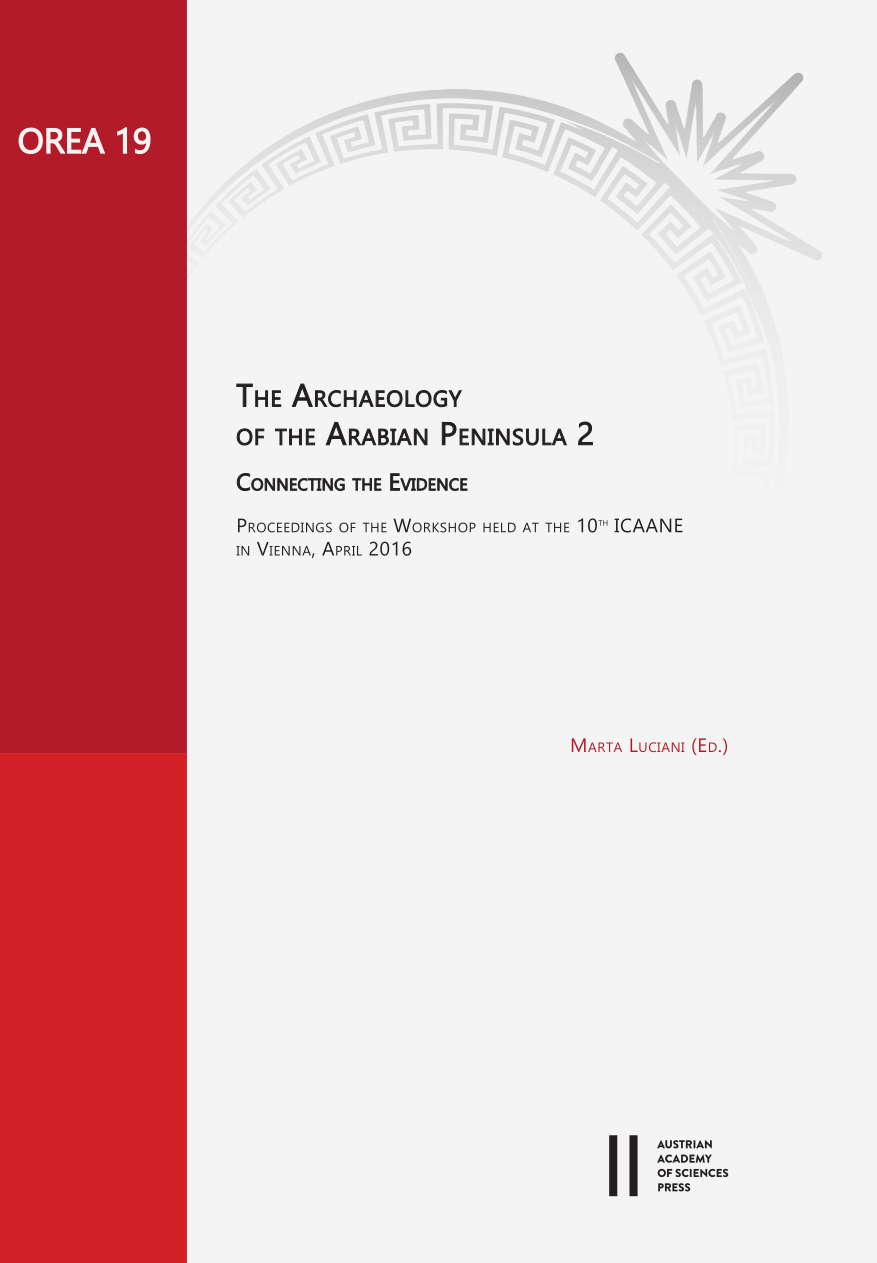
The Archaeology of the Arabian Peninsula 2, pp. 163-178, 2021/12/20
Connecting the Evidence. Proceedings of the International Workshop held at the 10th International Congress on the Archaeology of the Ancient Near East in Vienna on April 25, 2016
Five extramural shrines dated to the Late Bronze/Iron Ages have been excavated in the arid areas south andsouth-east of the Levant (Negev and south-central Transjordan). Although they present features congruent with the longtradition of local desert cultic architecture, most previous treatments of these shrines have focused on their relationshipwith the religions of the contemporary settled communities of the Levant and Egypt. This article re-examines this culticarchitecture in the light of current knowledge about the desert cults of the Syro-Arabian desert and steppes, from theNeolithic to the Early Islamic periods. Although the different elements of the local cults, particularly the building ofopen-air courtyard shrines and the use of standing stones, were present in several prehistoric and historical periods,these sanctuaries provide the earliest evidence of elements imported from the religions of the neighbouring settledsocieties being incorporated as integral components of the desert cult and being adapted to the cultic heritage of thesemi-nomadic pastoral peoples that inhabited the area.
Keywords: cultic architecture; arid areas; Southern Levant; Western Arabia; Late Bronze Age; Iron Age